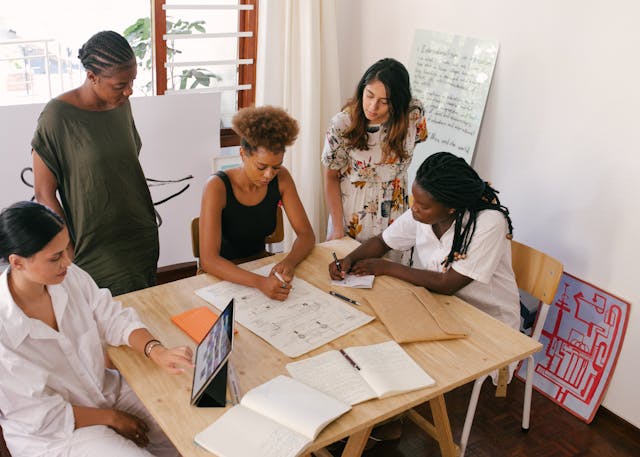Understanding Diversity: More Than Just Race and Gender
In the dynamic landscape of modern recruitment and community engagement, the concept of diversity has evolved far beyond the traditional confines of race and gender. Today, it encompasses a kaleidoscope of human experiences and identities, each contributing uniquely to the fabric of our workplaces and communities. For recruiters and members of diverse communities, a deep understanding of this expanded diversity spectrum is not just beneficial – it’s essential.
Table of Contents
The Multidimensional Nature of Diversity:
Diversity is a concept that extends into every facet of human identity and experience. It’s a mosaic made up of countless pieces, each significant in its own right. Let’s explore these dimensions in detail:
- Socioeconomic and Educational Backgrounds:
- Socioeconomic Diversity: This refers to the range of economic and social conditions that people come from. It influences access to resources, opportunities, and networks. In a workplace, individuals from varied socioeconomic backgrounds can offer insights into different market segments and customer needs.
- Educational Diversity: The diversity in educational backgrounds, including the type of education and the field of study, brings a variety of skills and perspectives. For instance, someone with a liberal arts background might approach problem-solving differently than someone with a technical degree, leading to more innovative solutions.
- Generational Diversity:
- The modern workplace is often a blend of Baby Boomers, Gen X, Millennials, and Gen Z. Each generation brings its own set of values, work ethics, and perspectives on technology and work-life balance. Understanding these generational differences is crucial for creating effective team dynamics and communication strategies.
- Ability and Neurodiversity:
- Physical Abilities: This includes individuals with varying physical abilities and challenges. A diverse workplace that accommodates and values different abilities can foster an environment of resilience and adaptability.
- Neurodiversity: Recognising and valuing neurological differences, such as those present in individuals with autism, ADHD, dyslexia, and other conditions, can bring unique strengths to a team. For example, individuals with autism might excel in roles that require attention to detail and deep focus.
- Cultural and Religious Diversity:
- The richness of different cultural and religious backgrounds in a workplace or community can enhance empathy, global understanding, and creativity. It’s about celebrating festivals, understanding traditions, and respecting religious practices and how these aspects can influence workplace dynamics and client interactions.
Intersectionality: A Key to Comprehensive Understanding:
The concept of intersectionality is crucial in understanding how these diverse identities intersect and how systemic barriers and privileges can affect individuals differently. For instance, the experience of a disabled, queer person of color may differ significantly from that of a non-disabled, heterosexual white person, due to the intersection of race, gender, sexuality, and ability.
Creating Inclusive Environments:
For recruiters and community leaders, embracing this broad spectrum of diversity involves more than just awareness. It requires active efforts to create inclusive environments where every individual feels valued and empowered. This includes:
- Implementing inclusive hiring practices.
- Providing diversity training and education.
- Creating policies that acknowledge and accommodate different needs and backgrounds.
- Fostering a culture where diverse perspectives are heard and valued.
Understanding diversity in its full breadth and depth is a journey of continuous learning and adaptation. For recruiters and diverse communities, this journey is not just about fulfilling a mandate; it’s about enriching our workplaces and societies with the wealth of perspectives, experiences, and talents that come from truly embracing diversity in all its forms. By doing so, we pave the way for more innovative, empathetic, and inclusive communities and organisations, where every individual has the opportunity to thrive.


